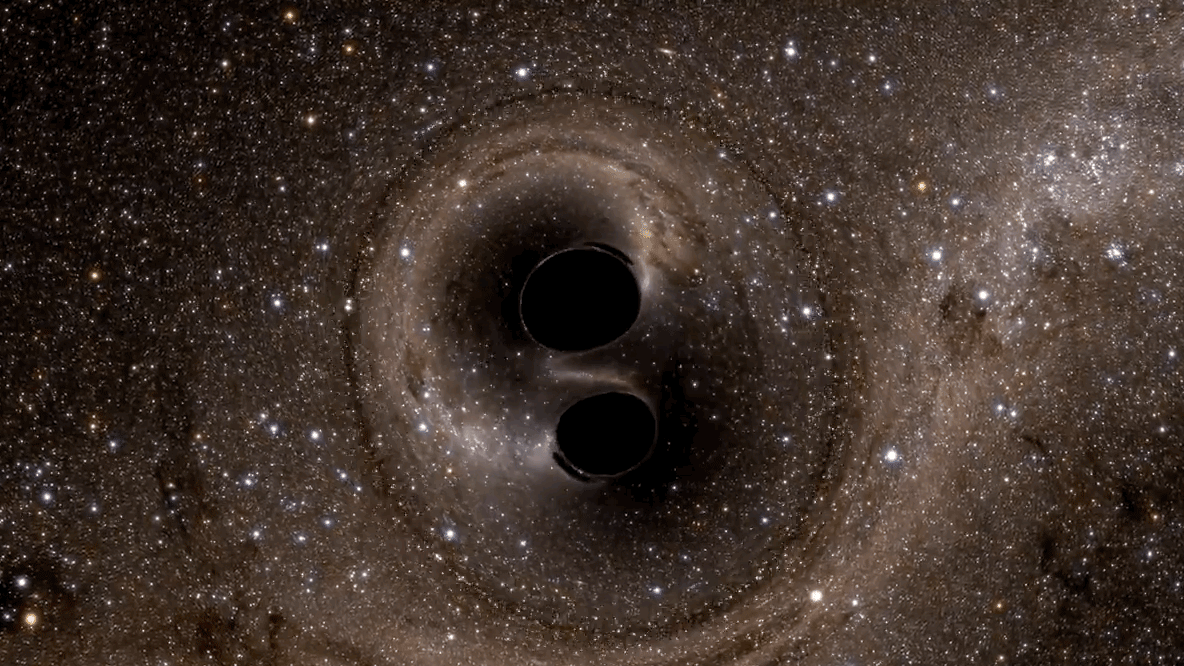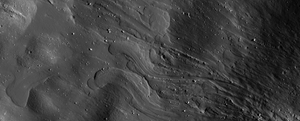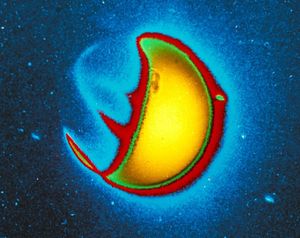Solar System Exploration Stories
Filters

by Kat Troche of the Astronomical Society of the Pacific September 2025 marks ten years since the first direct detection of gravitational waves as predicted by Albert Einstein’s 1916 theory of General Relativity. These invisible ripples in space were first…

A supermoon, and meteor showers from the Draconids and Orionids A supermoon takes over the sky, the Draconid meteor shower peeks through, and the Orionid meteor shower shines bright. Skywatching Highlights Transcript What’s Up for October? A Supermoon takes over,…

When you think about national park and public land astronomy programs, you might picture remote locations far from city lights. But a recent NASA Earth to Sky training, funded by NASA’s Science Activation Program, challenges that assumption, demonstrating how urban…

By Savannah Bullard One year after winning second place in NASA’s Break the Ice Lunar Challenge, members of the small business Starpath visited NASA’s Marshall Space Flight Center in Huntsville, Alabama, as part of their prize opportunity to test their…

Join observers from around the world on Saturday, Oct. 4, for NASA’s International Observe the Moon Night. This annual event offers an opportunity for earthlings to celebrate the inspiring bond between Earth and the Moon, and, this year, to share…

When asteroids hit the Moon, the impacts carve out craters and with enough energy and pressure, melt parts of the rocky surface. Often, the white hot, gooey melt (it’s like lava, except that it doesn’t erupt from underground) sloshes around…

This story is also available in Spanish. A new NASA mission will capture images of Earth’s invisible “halo,” the faint light given off by our planet’s outermost atmospheric layer, the exosphere, as it morphs and changes in response to the…

In our nearby stellar neighborhood, a burned-out star is snacking on a fragment of a Pluto-like object. With its unique ultraviolet capability, only NASA’s Hubble Space Telescope could identify that this meal is taking place. The stellar remnant is a…

Summary Space is a dangerous place — one that NASA continues to explore for the benefit of all. It’s filled with radiation and high-energy particles that can damage DNA and circuit boards alike. Yet life endures in our solar system…

The IAU (International Astronomical Union), a global naming authority for celestial objects, has approved official names for features on Donaldjohanson, an asteroid NASA’s Lucy spacecraft visited on April 20.


























